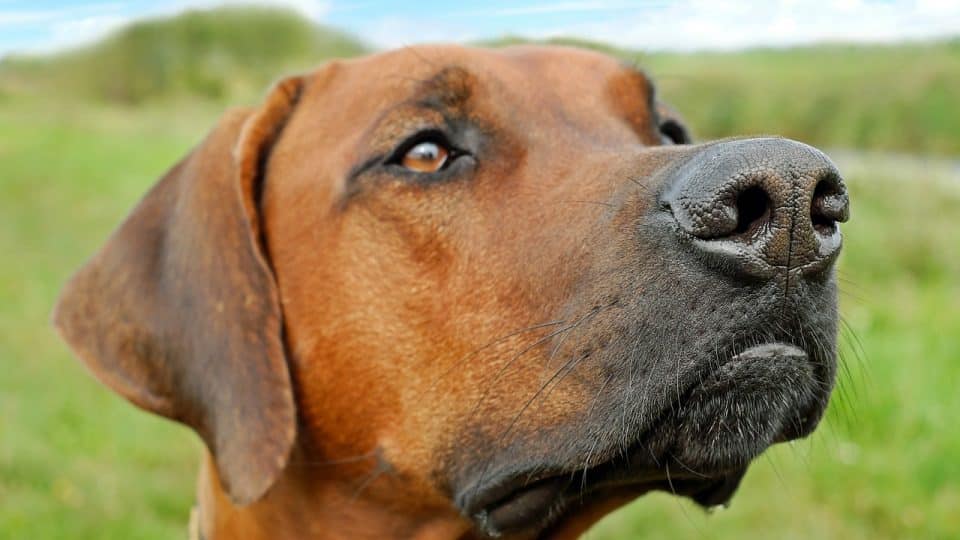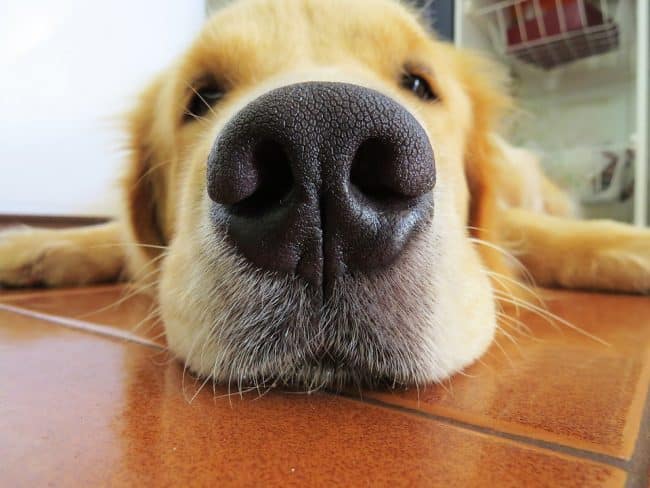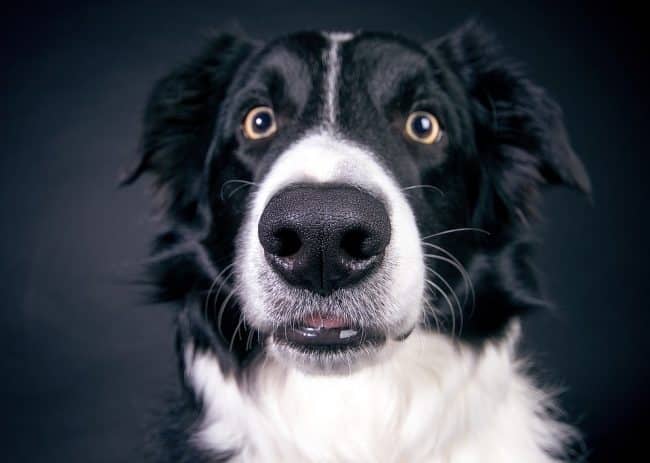Dogs have so many adorable features, from their doe-eyes to their twitching noses. But there’s perhaps one part of your pet’s face that may leave you scratching your head—what are dog whiskers for? Just like eyes, ears and noses, these stiff little hairs sprouting from a dog’s snout and eyebrows also serve an important function. But what is it? Look no further. Read on to find out the science behind why dogs have whiskers and the dos and don’ts around them.
What are dog whiskers?
Before we jump into why your dog has whiskers—and what purpose they serve—let’s quickly cover what, exactly, whiskers are.
Dog whiskers are stiff, coarse hairs (also called vibrissae) that extend from their muzzle, jaw, and above the eye area. These hairs are different in feel, texture, and function from the fur or hair that covers the rest of your dog’s body—and they have a very different purpose.
Why Do Dogs Have Whiskers?
So, now that you know what dog whiskers are, let’s get to the million-dollar question—what are they for? Why do dogs have whiskers?
The chief purpose of whiskers is to help your dog safely navigate their environment. Dogs don’t have the best sense of vision, so they need extra help in detecting when there are potential obstacles or hazards in their environment—and that’s where whiskers step in.
Your dog’s whiskers are embedded deep in their skin, and at the base of each hair follicle are a high concentration of neurons. These neurons are highly sensitive and can sense even minor changes in the surrounding environment.
Dogs use their whiskers to navigate and explore their environment safely. If an object gets too close to these whiskers, the neurons send a sensory message to the brain to avoid colliding with the object, which helps to protect them from getting injured.
Whiskers on dogs are especially important when the sun goes down, and they have to navigate in the dark—without their whiskers, your pet would be bumping into obstacles left, right and centre! Think of it as your dog’s ‘spidey sense;’ their whiskers allow them to sense and ‘see’ things in their environment before they touch them.
Your dog’s whiskers can also let you know when they are in distress. When a dog feels threatened, they’ll often flare their whiskers and point them forward. If you notice this whisker movement in your dog, it’s a clear indicator they feel threatened, and, if possible, you should remove them from the situation.
What You Should Never Do To Your Dog’s Whiskers
Whiskers are essential to your dog’s ability to navigate their environment. So what’s the one thing you should never, ever do?
Mess with your dog’s whiskers.
Your dog’s whiskers were built to pick up on subtle changes in their environment, like differences in the air current. Cutting, trimming, or plucking your dog’s whiskers can inhibit their natural ability to sense those changes—and, as a result, can lower their spatial awareness and make it more challenging for them to get around safely.
So, if you want your dog to be happy and healthy (and not bumping into walls every 30 seconds!), make sure to leave their whiskers intact.






